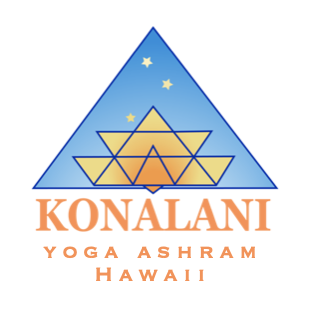Review Quiz: How to teach an Asana
Multiple Choice:
1. What is the teaching approach discussed in the chapter "Everyday Goddess: An Inclusive and Expansive Approach to Teaching Asana"?
a) Memorization of postures
b) Mastery of complex poses
c) Establishing Setup, guiding Primary Flow, Offering Explorations
d) Focusing solely on stillness
2. What does the term "Setup" refer to in the context of teaching asanas?
a) Preparing the yoga mat
b) The foundational structure of each pose
c) Advanced modifications for the pose
d) A warm-up routine before starting the pose
3. Which term is used to describe the dynamic essence of a yoga posture that is guided through physical practice?
a) Primary Flow
b) Static Stillness
c) Foundation Flow
d) Secondary Alignment
4. What is the primary reason for incorporating movement within stillness in the practice of asanas?
a) To show off flexibility
b) To challenge students' endurance
c) To create a dance-like sequence
d) To naturally transition into stillness
True or False:
5. True or False: Thangka art is a form of dynamic meditation that engages the mind and heart.
6. True or False: In Thangka painting, the goal is to express the artist's individuality and creativity.
7. True or False: The concept of "stepping aside" in Thangka art is similar to allowing the postures to directly engage with the practitioner's natural inner intelligence in yoga.
8. True or False: Stillness in yoga postures is often achieved by forcefully holding a pose for an extended period of time.
Matching:
Match the following terms to their correct descriptions.
A. Line Explorations
B. Joint Explorations
C. Spinal Movements
D. Arm Explorations
E. Stillness Explorations
Exploring the connectivity spanning through an entire line of muscles.
Engaging in slow, conscious waves and graceful spirals to awaken spinal articulation.
Embracing static posture retention to cultivate strength, release, and mental tranquility
Embarking on movements that reshape spatial organization and enhance support
Utilizing circular motions and elongation to enhance bodily engagement.
Short Answer:
14. According to the teachings discussed in the chapter, how does the practice of movement pave the way for reaching stillness in yoga?
15.Describe the relationship between the concepts of Shiva and Shakti as discussed in the context of stillness and movement.
Essay Question:
16. Explain the concept of "stepping aside" in both Thangka Painting and teaching yoga postures. How does this concept challenge conventional approaches to artistic expression and yoga practice, and what benefits does it offer to practitioners?
Answers:
c) Establishing Setup and guiding Primary Flow, Offering Explorations
b) The foundational structure of each pose
a) Primary Flow
d) To naturally transition into stillness
True
False
True
False
A-1: Line Explorations - Exploring the connectivity spanning through an entire line of muscles.
B-4: Joint Explorations - Embarking on movements that reshape spatial organization and enhance support.
C-2: Spinal Movements - Engaging in slow, conscious waves and graceful spirals to awaken spinal articulation.
D-5: Arm Explorations - Utilizing circular motions and elongation to enhance bodily engagement.
E-3: Stillness Explorations - Embracing static posture retention to cultivate strength, release, and mental tranquility.
14. Short Answer: The practice of movement, referred to as Shakti, is considered the path to attain stillness, represented by Shiva. By engaging in conscious movement, practitioners create a harmonious dance between Shiva's tranquility and Shakti's vibrant pulsation. This movement-based approach allows practitioners to find their center and effortlessly transition into stillness, which unfolds naturally and sustainably.
15. Short Answer: In the context of stillness and movement, Shiva represents stillness and Shakti represents movement. The teachings suggest that the journey to attain stillness (Shiva) is guided by engaging in conscious movement (Shakti). Shakti is the dynamic energy that forms the foundation for reaching Shiva's essence. The two aspects are interconnected, and it is through the realm of movement that practitioners can ultimately achieve a state of pervasive inner stillness.
